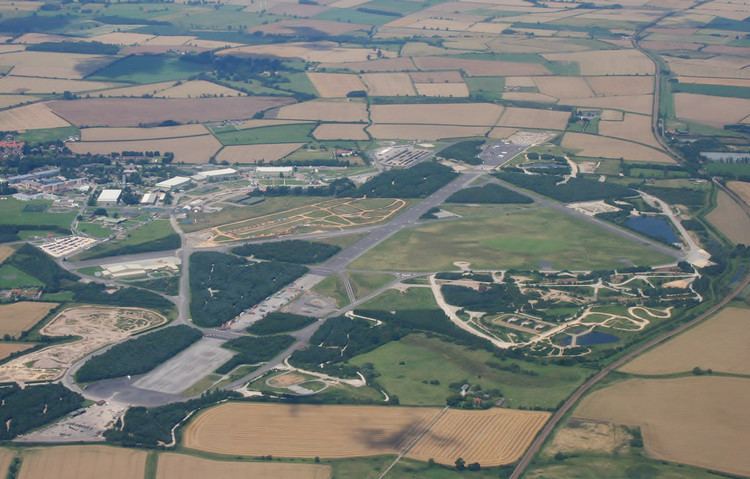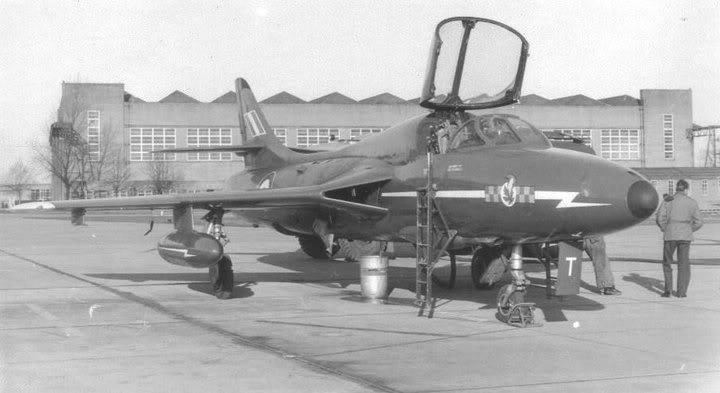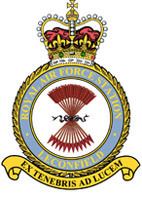Airport type Military In use 1936–1977 (1977) 01/19 6,000 | Elevation AMSL 23 ft / 7 m Year built 1936 | |
 | ||
Location | ||
Lancaster bomber flying over ex raf leconfield
The former RAF Leconfield, or 'Leconfield Camp' was a Royal Air Force station in Leconfield (near Beverley), East Riding of Yorkshire, England. The site is now used by the MoD Defence School of Transport Leconfield (DST Leconfield).
Contents
- Lancaster bomber flying over ex raf leconfield
- Raf leconfield
- History
- Second World War
- Post War
- Units
- Current role
- References

Raf leconfield
History

Leconfield opened on 3 December 1936 as part of RAF Bomber Command with Handley Page Heyford bombers from No. 166 Squadron RAF using the airfield from January 1937 until early September 1939.
Second World War

On the night of 3 September 1939, the first night of the war, ten Whitley bombers from Leconfield became the first British aircraft to penetrate German airspace, dropping propaganda leaflets over Germany. In October 1939 it was taken over by RAF Fighter Command and the Mk I Spitfires of 72 squadron arrived from RAF Church Fenton. During the Battle of Britain, the station was a temporary home to many other squadrons of Fighter Command which made short stays here to rest and re-group. During this period there was also a decoy airfield at nearby Routh.
During the war the RAF squadrons based at Leconfield were:


The station was also the place of formation of the Polish No. 302 Squadron "Poznański", and the place of rest of the Polish No. 303 "Kościuszko" Squadron after it had its turn in the defence of London.
Post War

In the 1950s Leconfield was a nominated 'dispersal base' for the RAF V bomber force. Also, after being transferred from RAF Catfoss in October 1945, and into the early 1950s, it was home to the Central Gunnery School which, among other functions, trained air gunnery instructors in Wellington bombers and pilot attack instructors in Spitfire and Mosquito aircraft. This School was later transformed into the Fighter Weapons School. The aircraft then flown were mainly single-seat Venoms and Meteors, plus twin-seat Vampire T11, Meteor trainers and Hawker Hunters for trials with ADEN cannons in 1957. Bristol Sycamore HR 14 helicopters of No. 275 Squadron RAF arrived on 9 October 1957 before being re-equipped with the Westland Whirlwind HAR 4 in March 1959 with the HAR 2 version being added in August 1959, however on 1 September 1959 the squadron was disbanded.
On 29 June 1959 19 Squadron joined with their Hawker Hunter F.6's before being re-equipped with the English Electric Lightning F.2 in December 1962 and moving to RAF Gütersloh on 23 September 1965, being joined at RAF Gütersloh by No. 92 Squadron on 24 January 1968 which had also been stationed at Leconfield with their Hunter F.6's also later FGA9's (The Blue Diamonds). It then became home to No. 60 Maintenance Unit RAF (MU) and also 202 'D' Flight with Westland Whirlwind helicopters. 60MU was responsible for the major servicing of the EE/BAC Lightnings, plus several other tasks. No. 202 Squadron became the first SAR unit to rescue people off of Britain's first offshore oil rig, the Sea Gem. The rig had capsized on the 27 December 1965 and the crew of a Whirlwind rescued three men from the freezing water in a horrendous snowstorm. The crew were later awarded medals and commendations for their actions.
In the 1970s the control tower at Leconfield developed a reputation for being haunted by a Flight Lieutenant who had been killed on the station. As the only one of its type, the cinema on the camp became a listed building. RAF Leconfield closed on 1 January 1977.
Units
The following units were here at some point:
Current role
Leconfield is now home to the Defence School of Transport (DST Leconfield) and is one of the Schools that make up the Defence College of Logistics Policing and Administration (DCLPA) it is a Tri-Service establishment. DST Leconfield is Europe's largest driver training establishment, the accommodation is designated as Normandy Barracks.
Although flying operations were not the main role of Leconfield, two Sea King helicopters of 'E' Flight, 202 Sqn were based here in the Search and Rescue role however this changed as a private company took over the services and the aircraft were retired. Flying operations ceased on 1 April 2015 with the departure of the 2 Sea King helicopters. The Search and rescue function has been assumed by the Maritime and Coastguard agency based at Humberside Airport.
